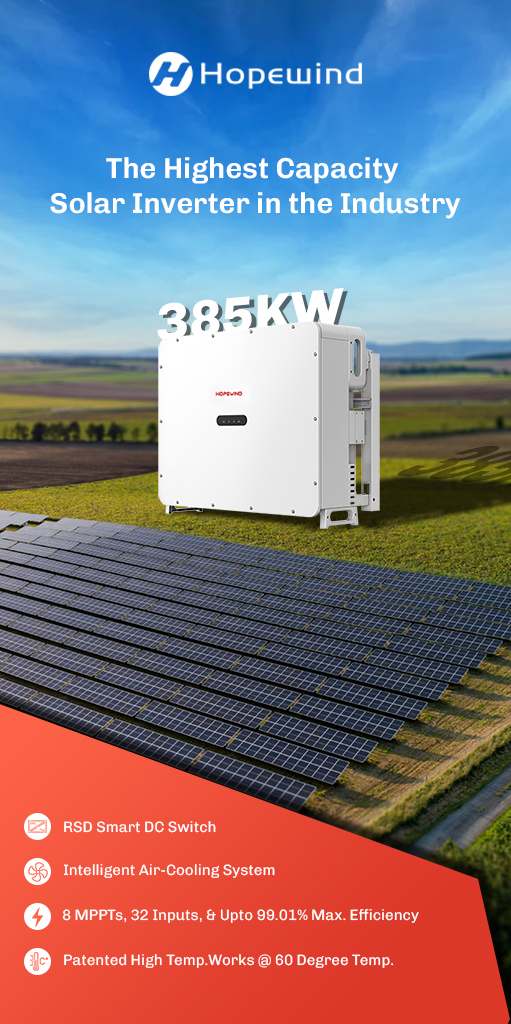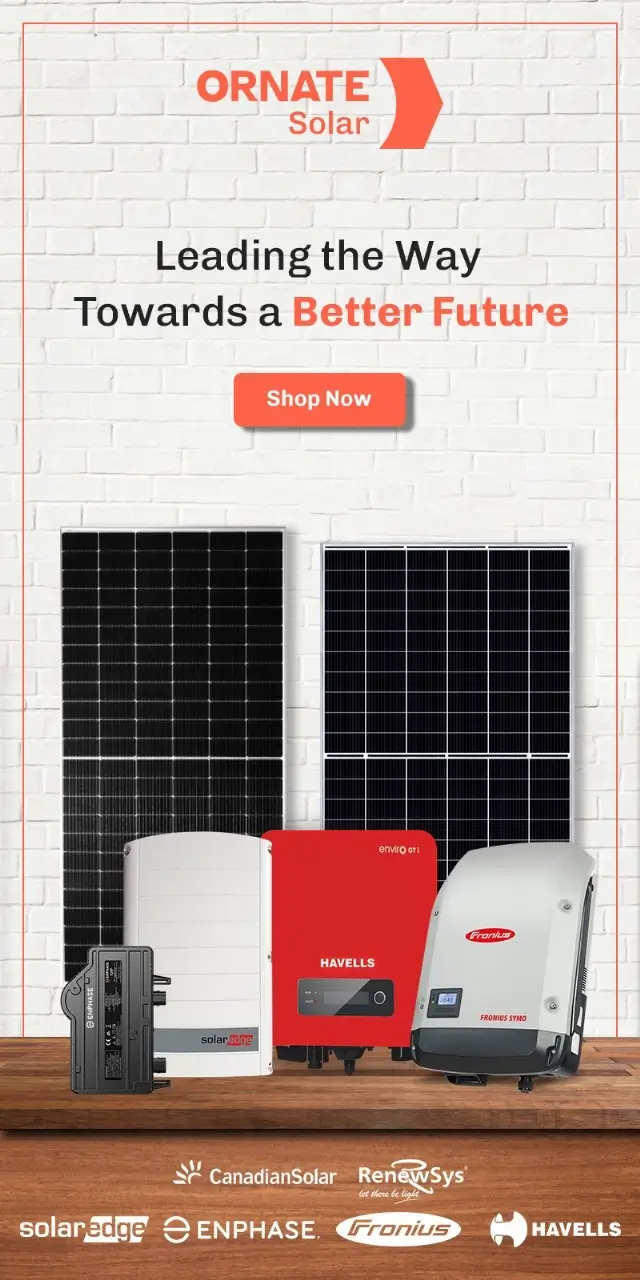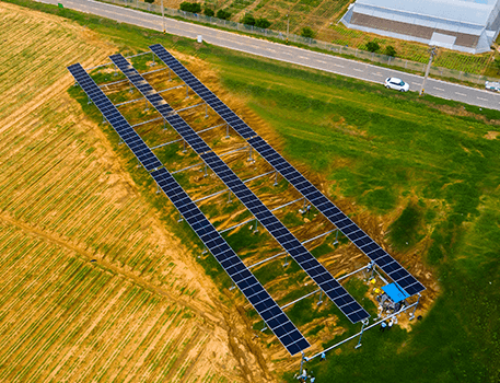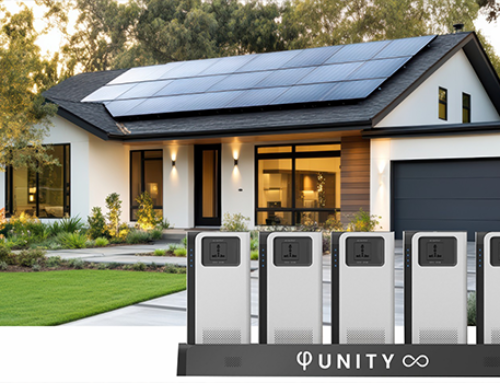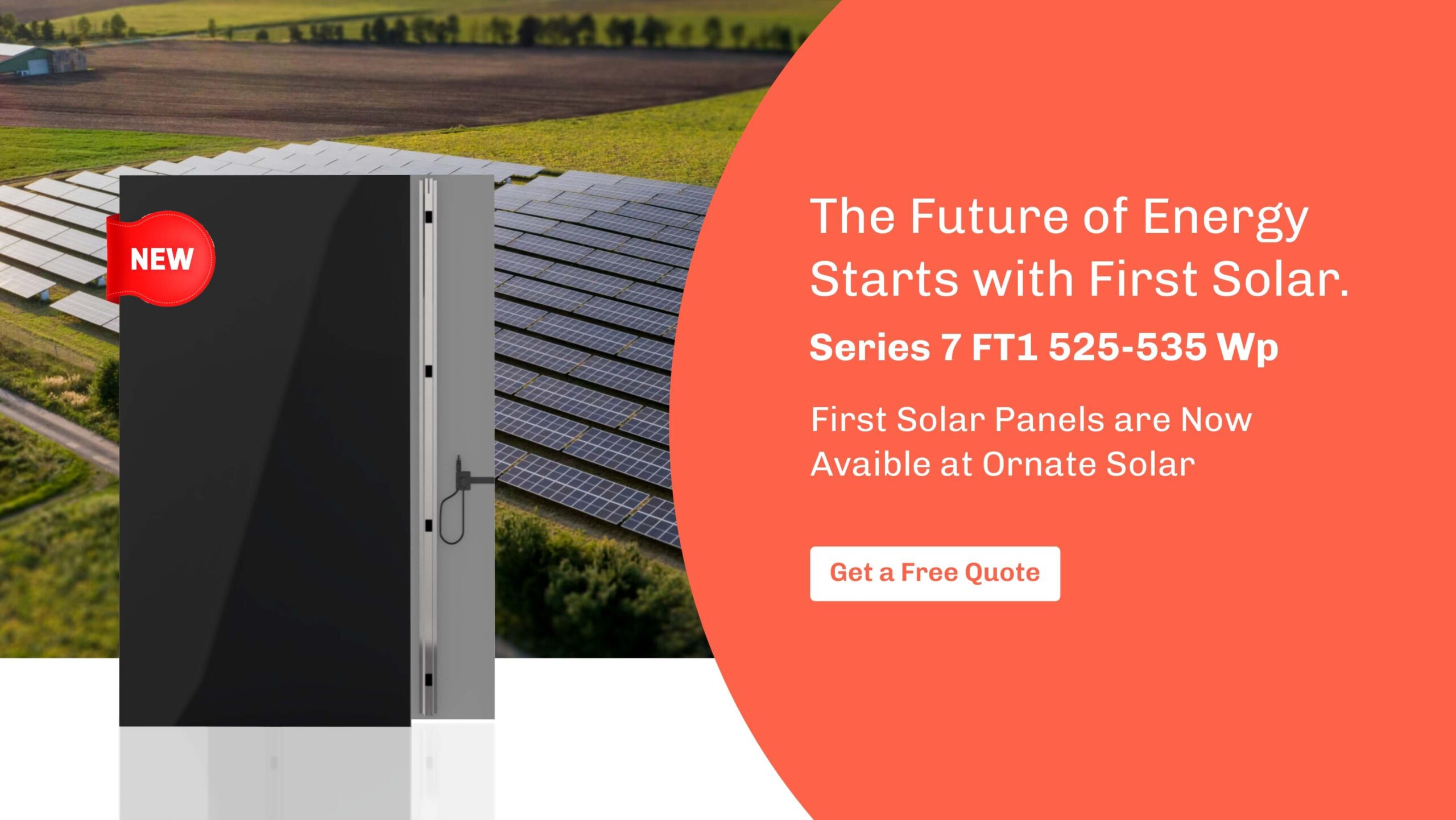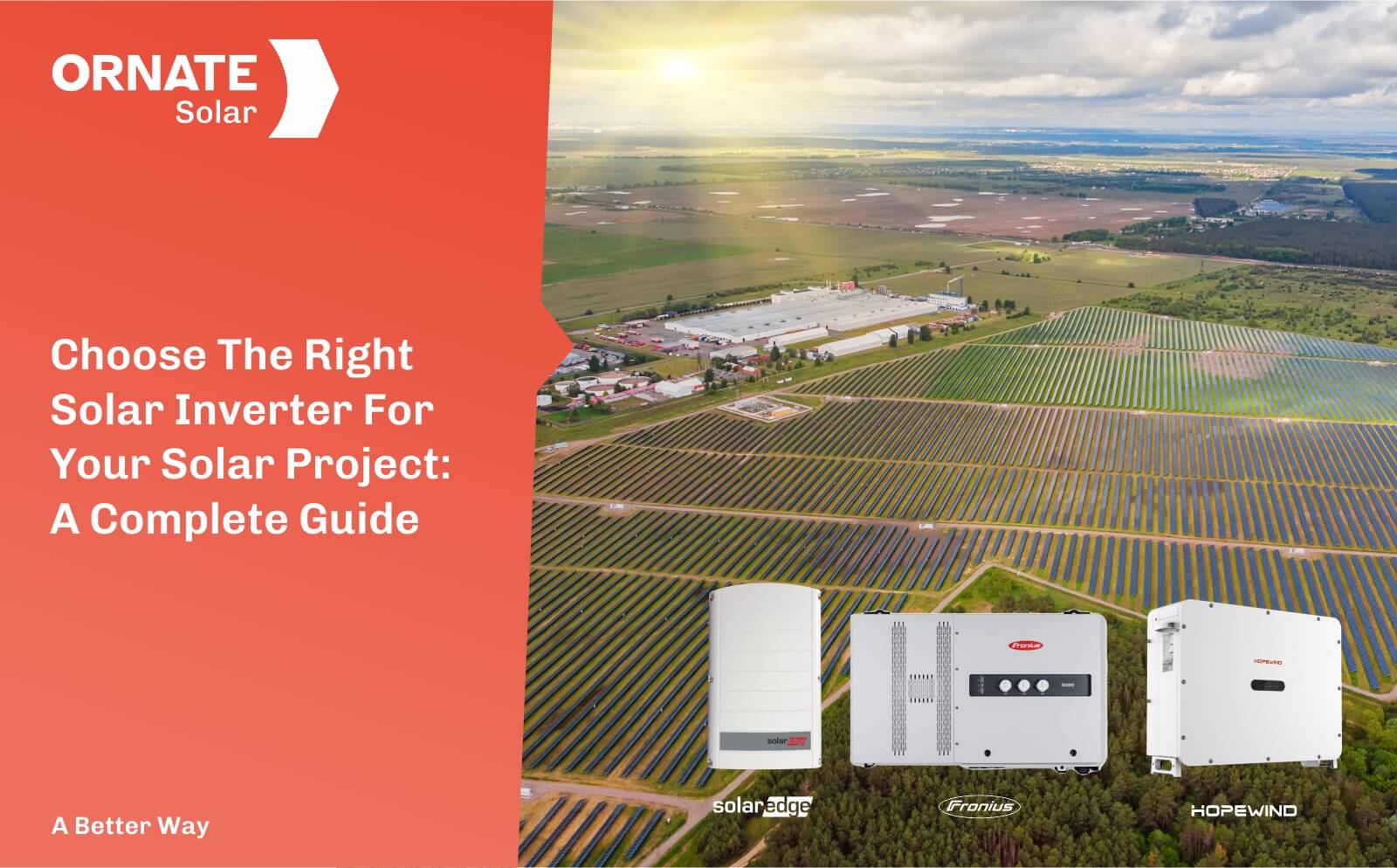

There are three main types of solar inverters: string inverters, micro inverter, and power optimizers. All these devices perform the essential task of converting the direct current (DC) generated by your solar panels into alternating current (AC), which is what powers your home or business. Without a solar inverter, the energy produced by solar panels is unusable.
So, how do you choose the right solar inverter for your solar project? Regardless of the type, there are three critical factors you must consider: warranty, operating temperature range, and efficiency.
WHAT TO LOOK FOR IN A SOLAR INVERTER
- Warranty: Long-Term Peace of Mind
When investing in a solar system, reliability matters. Most consumers feel safer buying electronic devices backed by strong warranties—and solar inverters are no exception.
- Most inverter warranties range between 5 to 10 years, with some manufacturers offering extended options up to 15 or even 20 years.
- Always check what the warranty includes and excludes. Does it cover internal malfunctions, external weather-related damage, or labor for repairs?
- Understand the fine print: Is the cost of shipping and replacement included? How does the service process work?
- Operating Temperature: Designed to Endure
Solar inverters are typically installed outdoors, where they face temperature fluctuations throughout the year. Since inverters naturally generate heat during operation, their ability to handle high temperatures is vital.
- The higher the operating temperature range, the more durable and dependable the inverter.
- Look for inverters designed for tropical or semi-arid climates, especially in regions like India.
- Efficiency: Get the Most Out of Your Solar System
Inverter efficiency determines how much of the DC energy from your solar panels is successfully converted to usable AC power. There are two types of efficiency to consider:
- Peak Efficiency: The highest efficiency the inverter can reach under ideal conditions.
- Weighted Efficiency: A more realistic measurement that accounts for daily temperature changes, shading, and solar input variations.
While peak efficiency is impressive, weighted efficiency offers a more accurate view of real-world performance. This is particularly important for projects where energy yield consistency is critical, such as commercial and utility-scale solar plants.
Inverter Solutions for Different Solar Segments
The best solar inverter for your solar project depends not only on quality metrics but also on the size and nature of the installation. Here’s a breakdown of inverter types by segment, helping you align performance with project needs:
- Residential Rooftop Systems
- Ideal inverter types: single-phase string inverters, micro inverter
- Power range: 1kW to 10kW
- Features to look for: compact size, Wi-Fi/mobile monitoring, easy installation
- Optimized for individual rooftops and housing societies
- Commercial & Industrial (C&I) Systems
- Ideal inverter types: three-phase string inverters, power optimizers
- Power range: 20kW to 100kW
- Features to look for: high-efficiency rating, built-in protection, remote diagnostics
- Commonly used in offices, malls, schools, hospitals, and small factories
- Utility-Scale Solar Projects
- Ideal inverter types: utility-scale string inverters, central inverters
- Power range: 250kW to 500kW and above
- Features to look for: high ambient temperature tolerance, multiple MPPTs, remote SCADA compatibility
- Suitable for PM-KUSUM projects, solar parks, and ground-mounted installations
Manufacturers like Hopewind offer utility-scale solar inverter solutions that meet the unique demands of these large installations. Their high-capacity, high-efficiency utility-scale string inverters are optimized for Indian environmental conditions and large solar infrastructure.
Final Thoughts
Choosing the right solar inverter is essential for maximizing performance and ensuring system longevity. Prioritize inverters that offer:
- Strong warranty coverage
- High efficiency ratings (peak + weighted)
- Broad operating temperature range
For India’s diverse environments—whether it’s a compact rooftop or a 5 MW ground-mounted system—selecting segment-specific inverter technology ensures you get the best return on your solar investment.
How Can We Help?
Hope this information about the Right solar inverter for Your Solar Project is helpful to you.
If you are planning to buy a solar inverter, you can connect with Ornate Solar to get the best prices of the SolarEdge solar inverter series (Single-Phase, Three-Phase, Three Phase With Synergy Tech, Synergy Tech. For 277/480V Grid), Fronius Solar Inverter (Primo Series, Symo Series, Eco Series, Tauro Series), Enphase Micro inverter, Hopewind Inverter & Havells solar inverter (Enviro GTi NG, Enviro GTi TX, Enviro GTi TD, Enviro GTi KT). We are the official partner of SolarEdge, Fronius, Enphase, Hopewind, & Havells in India.
Ornate Solar has also developed India’s first Solar roof system. Ornate InRoof is a roof made out of solar panels, which is leak-proof and looks aesthetically pleasing.
For more information, please give us a call at 1800 2026 252.


